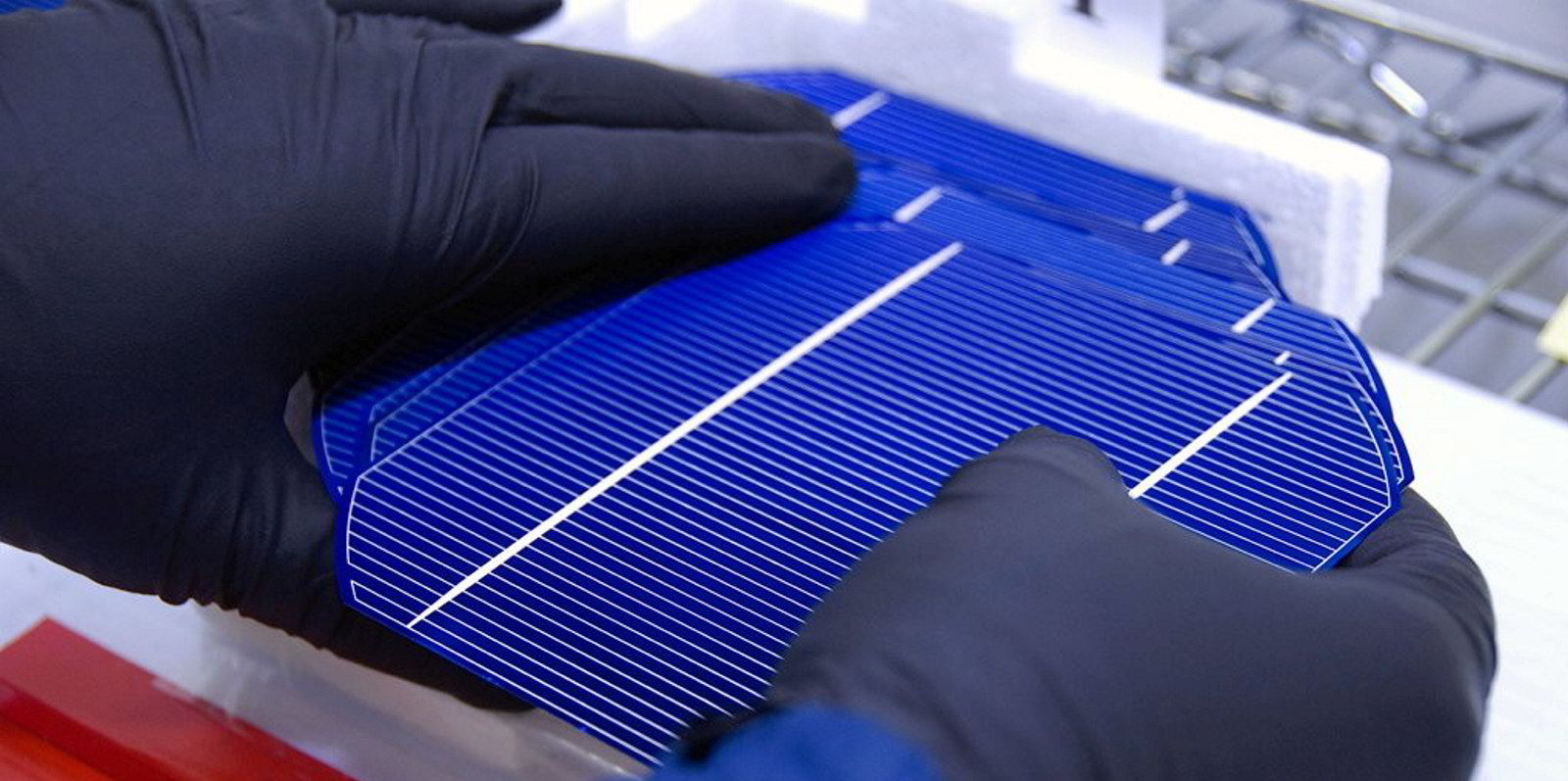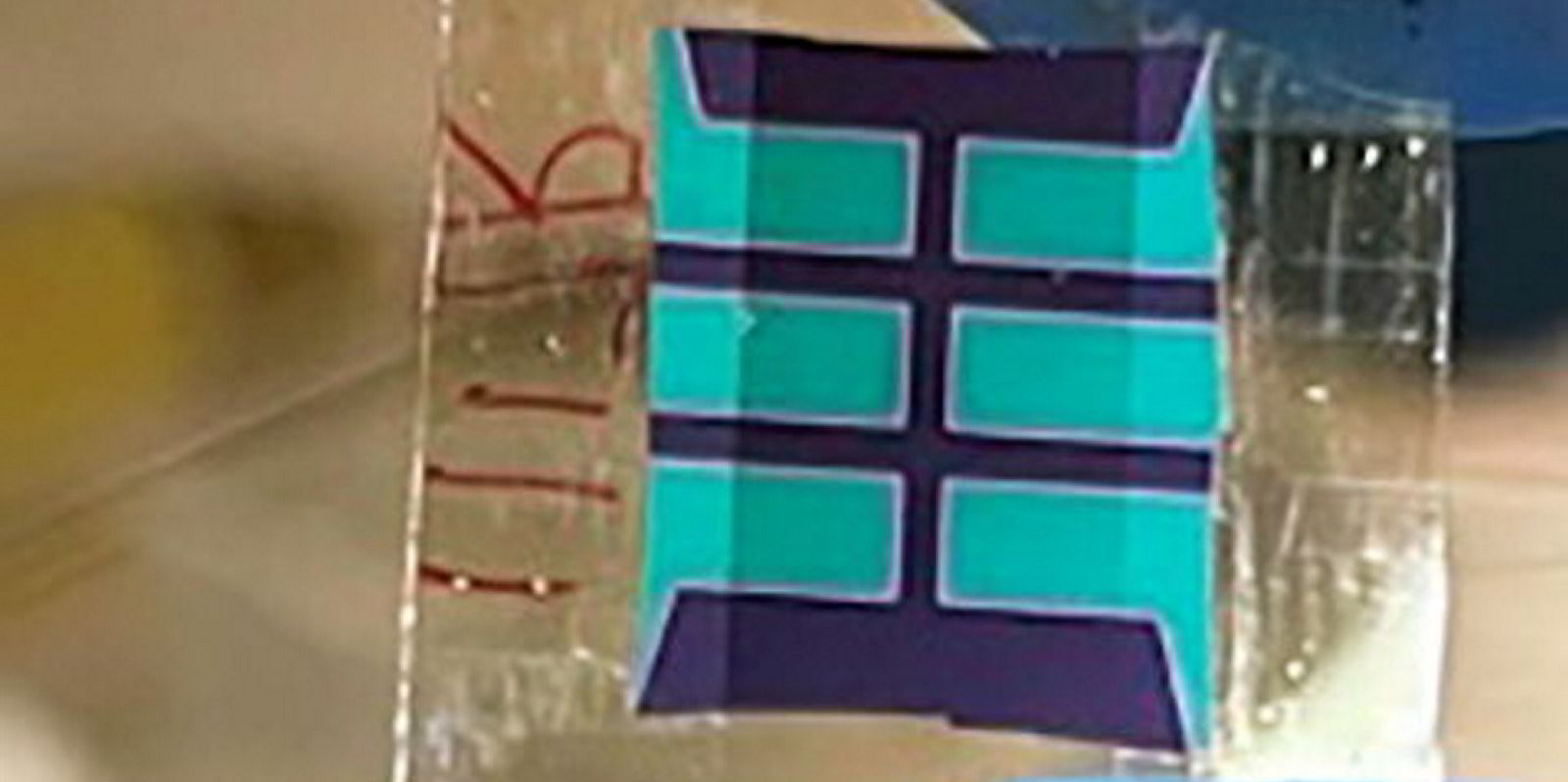Scientists have claimed a breakthrough in creating next-generation solar power cells by layering different photovoltaic materials together to create a “solar sandwich”.
Increasing the efficiency of solar cells is crucial to cutting costs and boosting power generation as countries look to hit net zero targets as quickly as possible.
But the efficiencies of single-layer solar devices have now “nearly reached their practical limits,” according to the Danish scientists behind the latest research, published by the American Physical Society (APS).
The future they say may therefore lie with “tandem solar cells,” which integrate two layers of photovoltaic materials that can absorb different wavelengths of light to convert more of the sun’s energy into electricity.
These tandem devices – dubbed "solar sandwiches" in an APS synopsis of the research – are said to “hold promise for achieving significantly higher device efficiencies.”
The main challenge for realising “next-generation, low-cost” tandem cells is finding two layers that are compatible while “maintaining high performance, low cost and long-term stability.”
The researchers from the Technical University of Denmark, in a paper published on Monday, said they may have now found the perfect combination.
They combined selenium, the first discovered photovoltaic material and for a long time the leading variety, with silicon, the material that eventually took its throne.
They created a selenium top layer by melting the material in an oven. Selenium’s low melting point makes this process cheaper than with silicon, which must be subjected to extremely high temperatures.
Selenium acts as a “wide bandgap photoabsorber” – meaning that it can absorb many different wavelengths of light.
The solar module the researchers produced had a power conversion efficiency of just 2.7%, a fraction of silicon’s maximum efficiency of 26.8%.
However, they believe the efficiency of their wafer can be increased tenfold by fine-tuning the conductive materials used – setting it up to match and surpass the current market-leading technologies.
US researchers last year claimed to have developed a new type of two-sided perovskite solar cell that can generate up to 20% more power than their one-sided alternatives.




